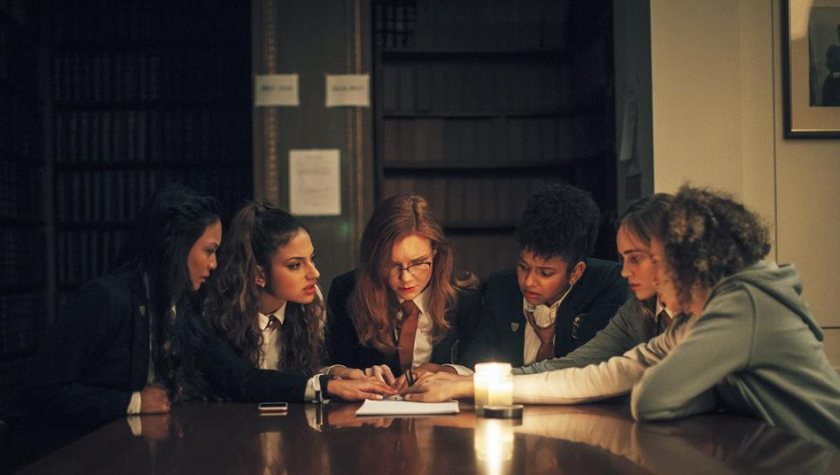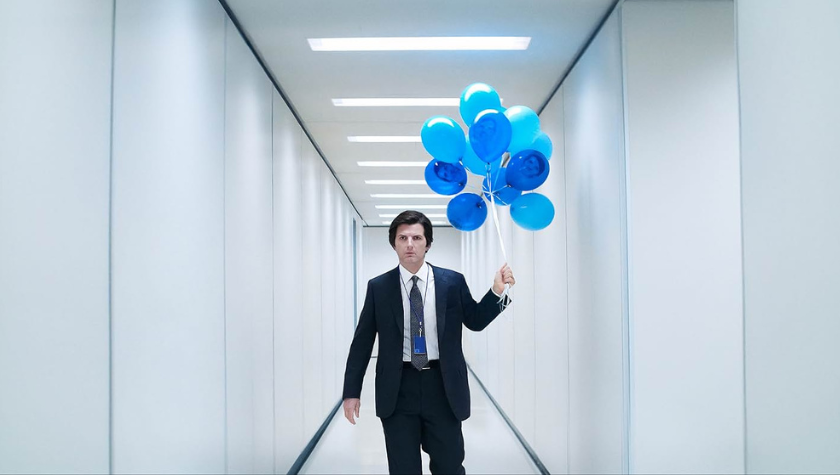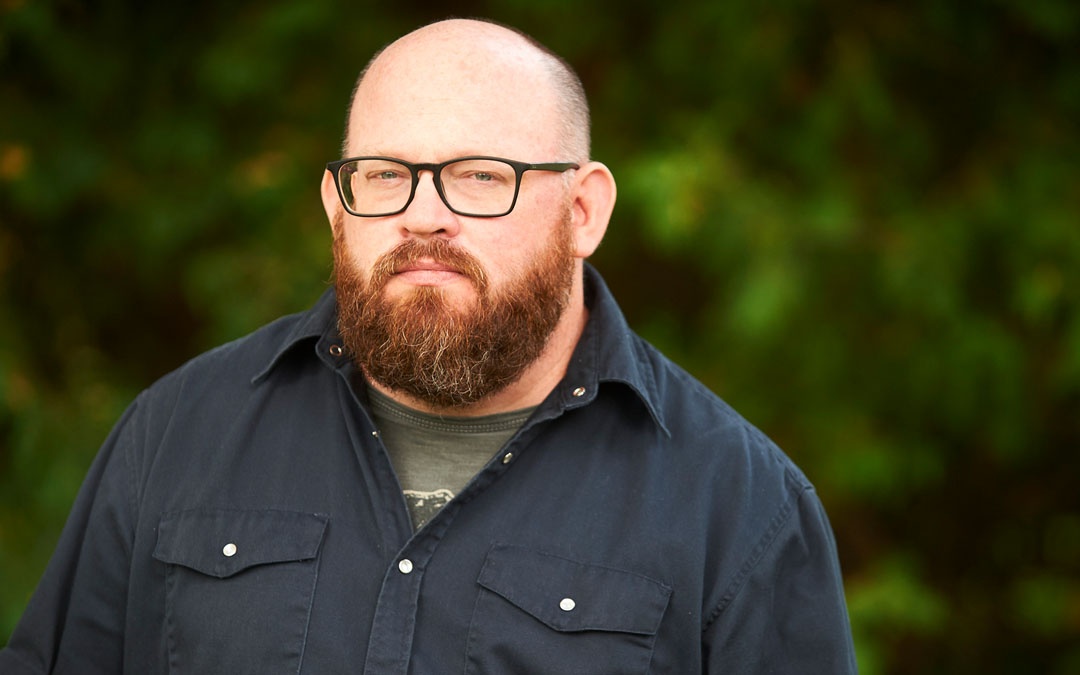Writer-Director Timothee Hochet on Selling Horror Series 'Calls' to Apple
September 26, 2018
For French filmmaker Timothée Hochet, what people do not see — and the versions of hell we store in our heads — is more scary than anything we will ever watch on television.
“I listened to real 911 calls on YouTube and was terrified by the experience of it,” Hochet said.
“I imagined every scenario.”
That’s why in Hochet’s television series, Calls, a visual aspect almost doesn’t exist; every viewer has, in Hochet’s words, “their own interpretation and experience.”
“I wanted to show that, particularly in the horror or thriller genre, that it’s possible to do something interesting and stressful without any pictures or visuals,” he said.
“I think it’s better to hide what’s frightening … in horror.”
On June 21, Hochet announced via Twitter that with Apple and French network Canal+, he was preparing the television series for English-speaking audiences in the United States; the apex (so far) of Hochet’s work on Calls, which started with a short film.
Hochet posted that film, which shares the name with the series, to YouTube on October 3, 2016. From there, Lorenzo Benedetti of French production company Studio Bagel approached him about making a 10-episode series based on it. Benedetti then pitched the series to Canal+ which, according to Hochet, “oddly said yes.”
“I say “oddly” because there is no real pictures,” he said.
“That’s weird to produce on a TV channel.”
Hochet describes the first season as 10 audio recordings, all linked to one another and all relating to the end of the world.
“It was a critical success and fans were happy about it,” he said.
One month after the show’s debut in France, Arielle Saracco of Canal+ reached out to Hochet, asking if he’d like to go to Los Angeles to meet American producers who are interested in Calls.
“Of course I said yes — it was Apple.”
Now, Hochet is working through a new process with both companies.
“The first season on Canal+, I was completely free to explore this strange TV show,” he said.
“For example … I just wrote a three-sentence synopsis of each episode to get the approbation of the network. Then we started writing.”
For season two, Hochet must write three-page synopses to sell each episode and earn the approval of both Apple and Canal+.
“The feedback … would be totally independent,” he said.
“That means we needed to write two versions of a season … Fortunately, at least for now [they] have given us pretty much the same feedback.”
The English-language remake of season one will be “essentially the same,” Hochet says, with minor differences including names and locations.
“I don’t know yet how they are going to direct it and if I would be able to have an artistic look at it until the broadcast,” he said.
Despite the leaps the show is taking, Hochet said he doesn’t allow himself to be nervous.
“I would freak out if I kept in mind the fact that this is for Apple,” he said.
“I just tell myself that this is like any other production company and that my co-writer and I must write the best show that we can.”
There is an essential aspect to doing that: Fun.
“When it becomes painful or boring, we immediately stop and work the next day, when we are inspired,” Hochet said, noting that even without pictures; without video, audiences can see inspiration.
“When you’re watching a TV show or a movie, you need to feel that everyone involved in the project is loving what they’re doing.”
The formula for the best writing possible also has a practical aspect and Hochet breaks it down like this: “Each episode can be a different story (this is an anthology). Only sound and the found footage genre.”
From there, Hochet finds 10 concept ideas; one for each episode. The black box of a plane; 911 calls, walkie talkies, sleep recording apps and voicemail are all examples.
“When we found these 10 ideas, we put characters that we would love to show and then it’s basically the exercise of writing 10 short movies with no video,” he said.
This balance of fun framed by practicality is inherent in the way Hochet reflects on the time he spends on the series.
“Personally, I write whenever I feel inspired so I don’t really know how much time I spend writing stuff,” he said.
“But for Calls, I think with all the feedback and rewriting, that each episode took three nights to write, because we prefer to write at night. Especially for a horror TV show!”
Written by: Final Draft




